Window treatments add a layer of privacy and enhance your home's aesthetic. To pull off the perfect look, your curtains and drapes must fit the window they cover. If you are planning on getting drapes for your home, you might wonder if they should touch the floor. We have done the research to provide this answer for you.
In most cases, the drapes should touch the floor. However, there are some exceptions to this rule. See the following examples:
- For kitchens or bathrooms
- On small windows
- In children's rooms
- For windows above a radiator
Of course, curtain length is more often based on your preference rather than a rule you have to follow. To help you decide how long your drapes should be, we will list the advantages of floor-length drapes and explain the reasons for exceptions.
![A beautiful curtains on window in stylish room interior, Should The Drapes Touch The Floor? [Curtain Length Tips]](https://uooz.com/wp-content/uploads/2022/05/Should-The-Drapes-Touch-The-Floor..png)
Advantages Of Drapes That Touch The Floor
Interior designers love the look that floor-length drapes create, and if style is your focus, your drapes should touch the floor. However, floor-length drapes aren't always practical and that's okay. To create a beautifully dressed window, it is more important to make sure that the curtains are the correct size and hung correctly.
Before you decide whether you want your drapes to touch the floor, you probably want to know why doing this is a good idea. Here are some reasons floor-length drapes are the ideal length.
They Create A Better Aesthetic
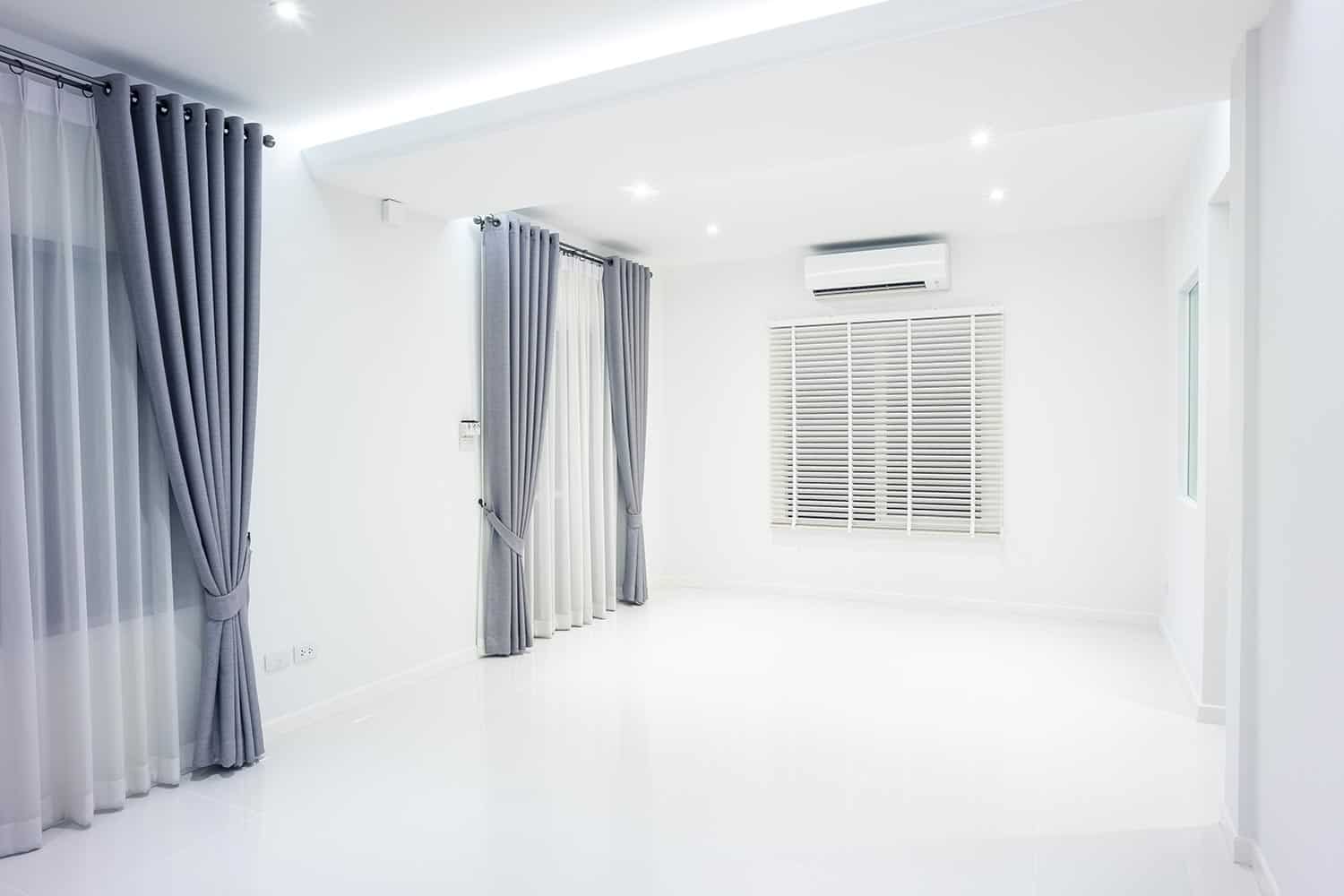
Interior decorators suggest that floor-length drapes are prettier and more stylish than curtains that hang at shorter lengths. Floor-length drapes highlight your windows and make them more prominent in your room's design scheme. They are easier to layer, especially for more complex looks.
They Look More Formal
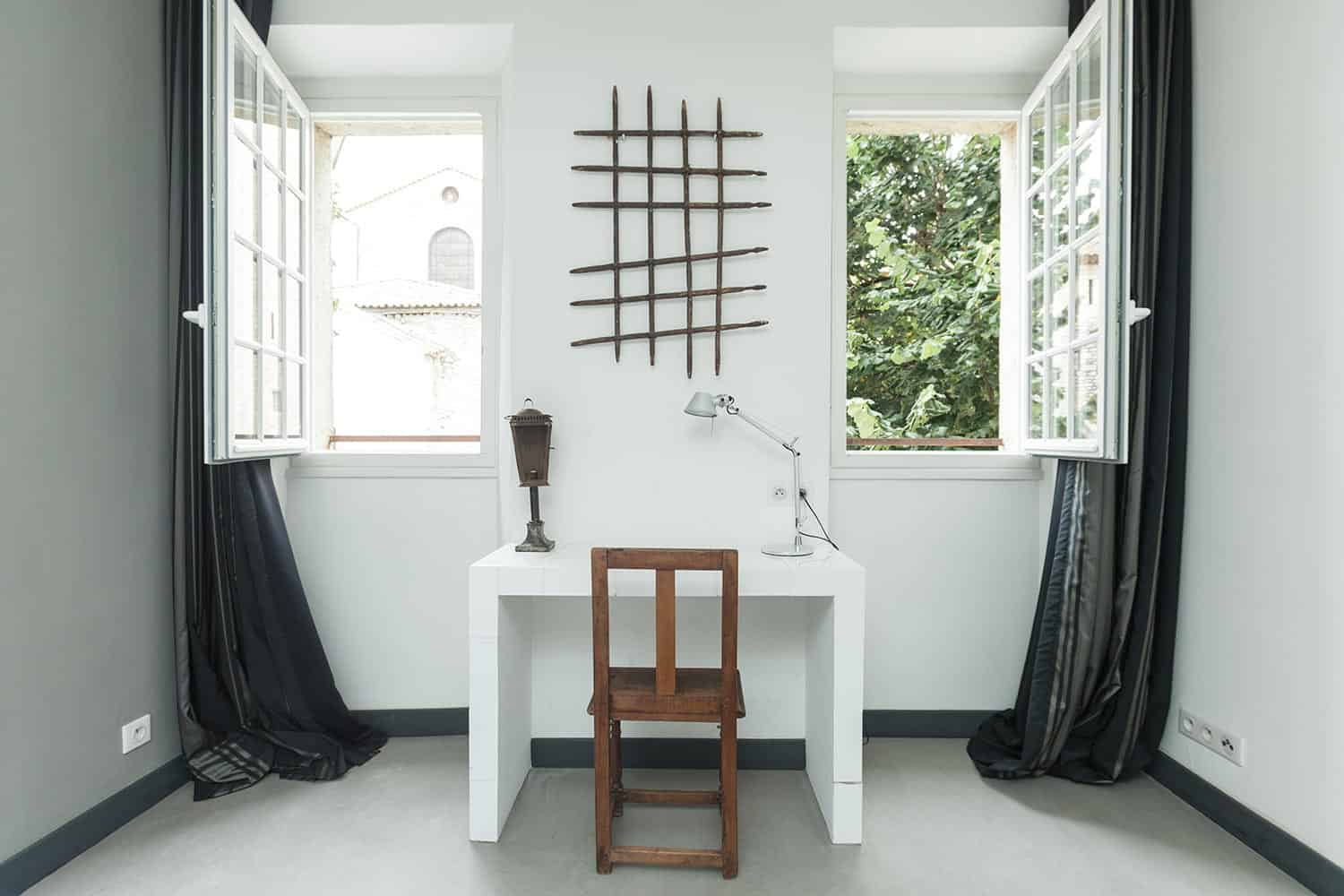
Floor-length drapes offer a more formal look than shorter curtains. So, you will want to choose drapes that brush the floor if you are trying to decorate a formal room. Floor-length drapes are the preferable option in sitting rooms, offices, and dining rooms.
They Are More Modern
Stoneside, a blinds and shades retailer, points out that shorter curtains make a room look outdated. While this isn't always true, it can be more challenging to create a modern design with short curtains. For a more modern look, floor-length drapes are the way to go.
Exceptions To The Rule
Floor-length drapes offer many style advantages, but there are situations when you should avoid using floor-length drapes. Safety and hygiene are the primary reasons to choose shorter curtains.
Kitchens And Bathrooms

The curtain length you use in your kitchen and bathroom depends on where your windows are located. Windows above sinks, tubs, stoves, or counters may need shorter curtains for safety reasons. You don't want tripping hazards in areas where it is so easy to get hurt.
Whether you choose floor-length drapes or shorter curtains, consider the material of the curtains you are going to hang. Longer curtains are more likely to get dirty from spills and moisture in kitchens and bathrooms. Also, your curtains may grow mold if they are hanging in standing water.
Take a look at 20 Types of Kitchen Curtains and Valances You Should Know to get inspiration for your kitchen windows.
Small Windows
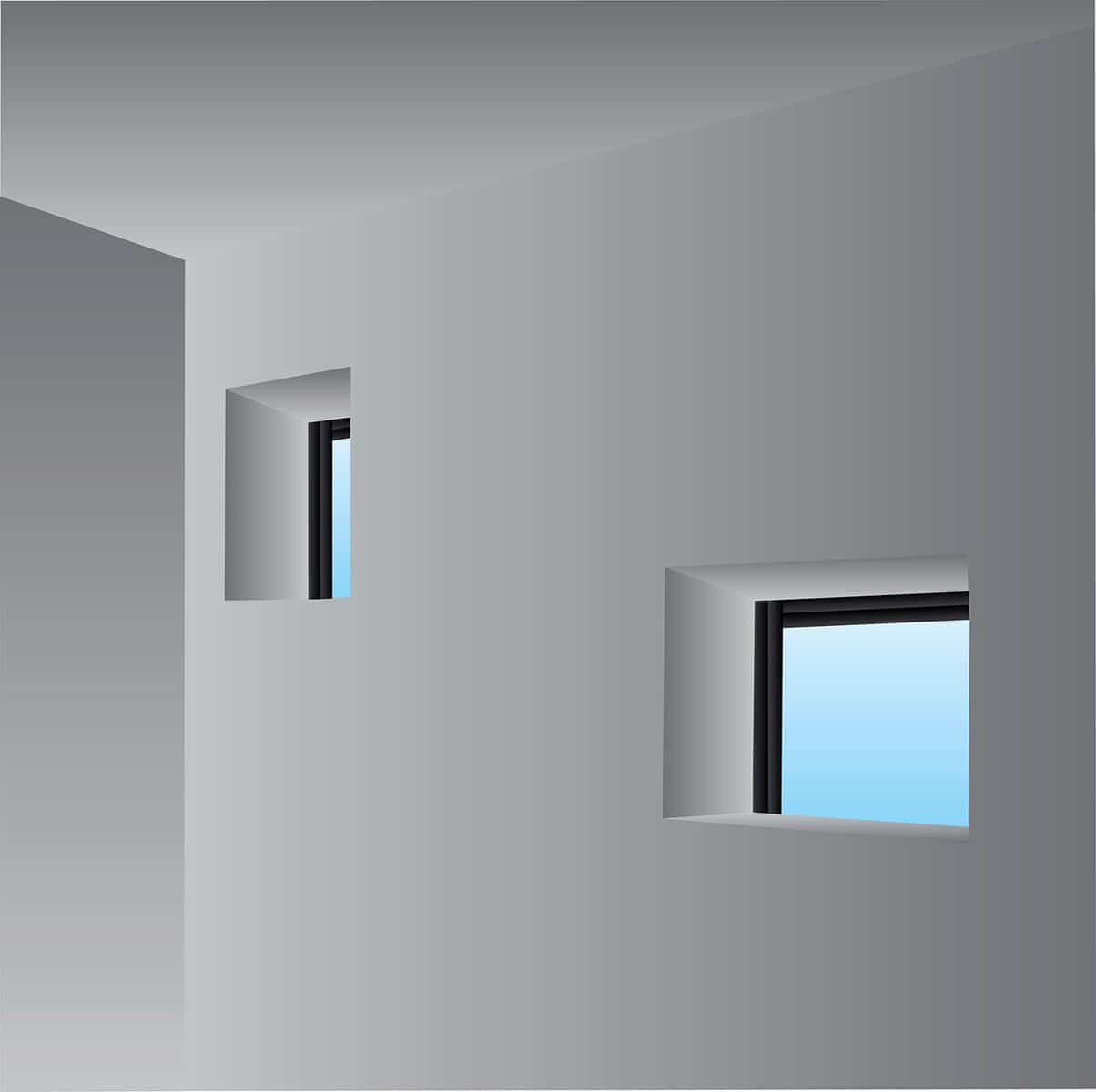
While floor-length curtains in the bathroom or kitchen may pose a safety risk, putting them on small windows is more for aesthetics. Shorter curtains provide a nice frame for small windows. In comparison, floor-length drapes would overpower and hide them under too much fabric.
Higher windows may also be more suitable for shorter curtains. Depending on how high the windows are, you may have difficulty finding drapes long enough to touch the floor.
Children's Rooms

Floor-length curtains can create a beautiful look in a child's bedroom. However, consider the age of the child, the windows location, and how much time the child spends in the room unsupervised before choosing long curtains.
An infant who isn't crawling yet, or an older child who likes to sleep in on weekends may benefit from longer room-darkening drapes. However, a small child who can easily get out of bed may find himself tangled up in curtains that touch the floor.
Also, consider the layout of the room when choosing curtain length. If a bed, dresser, or toy box is in front of the window, curtains can get inadvertently tugged. Or, the curtains may simply be in the way, regardless of the child's age.
Radiators

Using long drapes on windows above radiators require discretion. Safety is the number one factor you need to consider. If you don't want to use curtains that are too short, so they won't touch the radiator, make sure your longer drapes are not flammable.
Also, consider how effective your radiator is when heating your home. Drapes made of a heavier fabric will probably block the heat from circulating in your home. Consider using drapes in a lighter weight fabric, or tie them up to keep the heat flowing.
Tips For Choosing Curtain Length
Now you know why floor-length drapes are a preferable choice and when it's better to choose shorter ones. So, you are almost ready to dress your windows. But, before you go shopping for curtains, here are some more tips to help you choose the perfect length.
Make Your Room Look Bigger
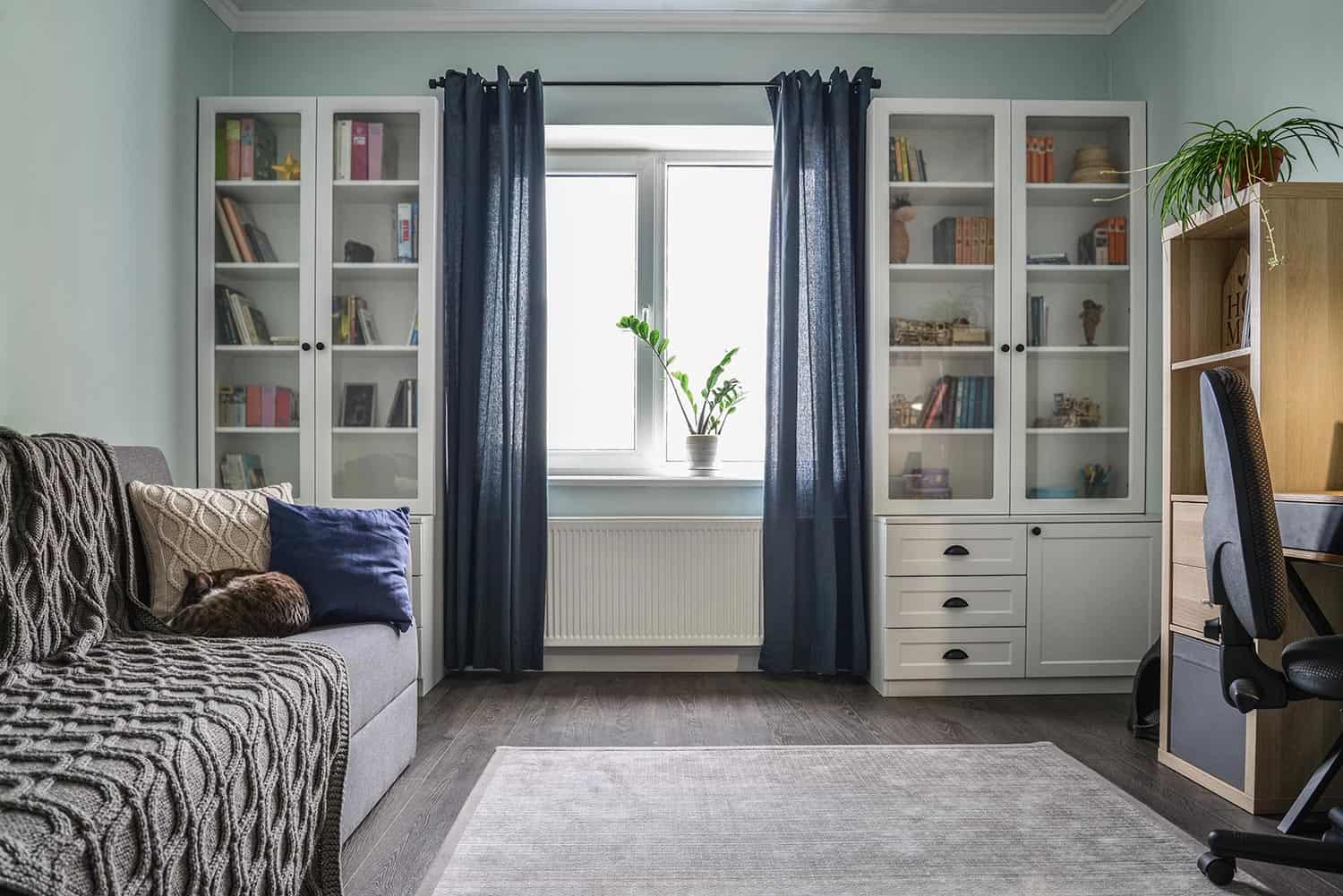
In small rooms or those with low ceilings, hang the curtain rod above the windows and choose a floor-length curtain. The windows will look larger, making your ceilings look higher. Choose a vertical stripe pattern to further emphasize the illusion.
Apron-Length Curtains
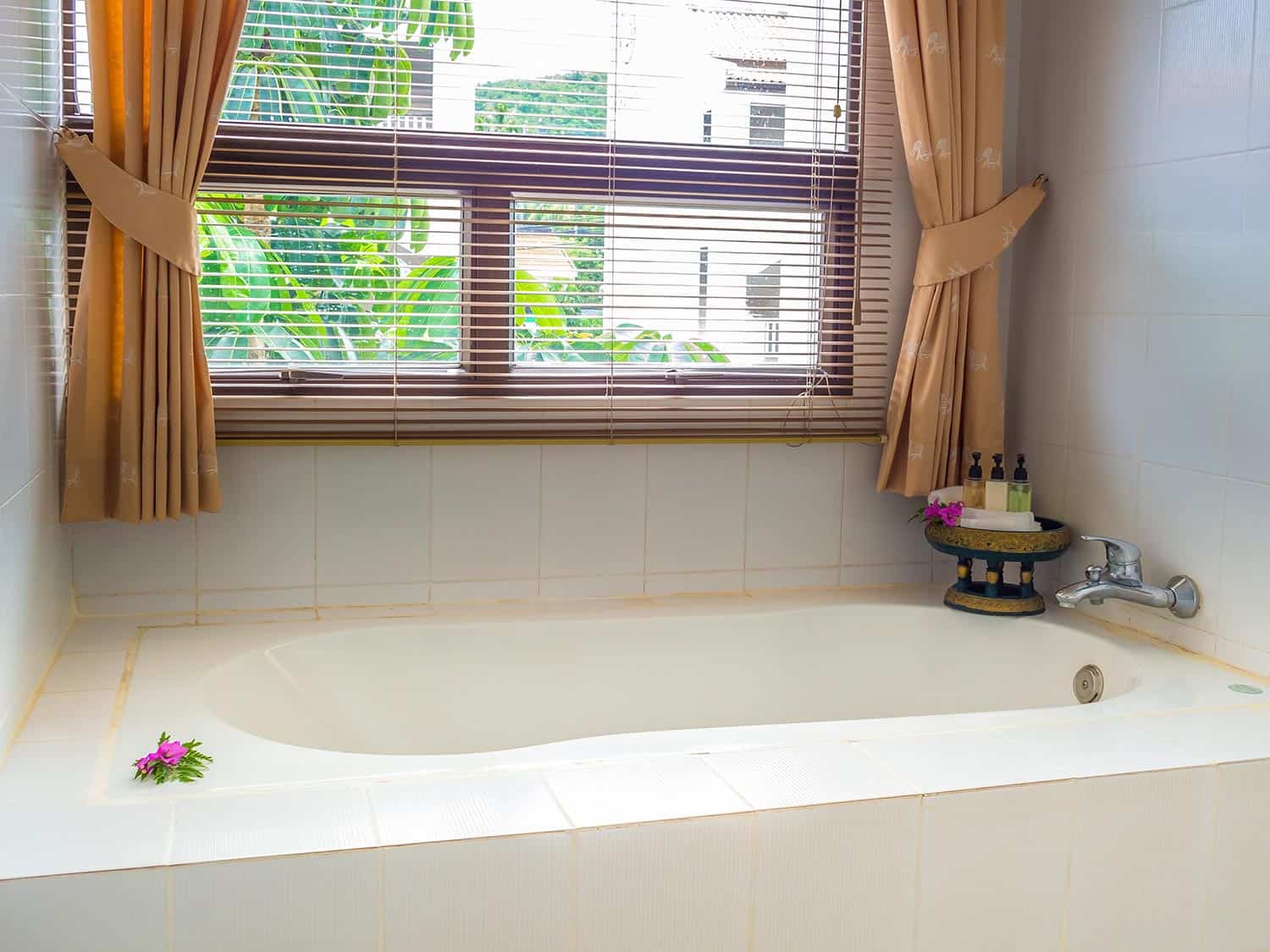
If you like longer curtains but can't commit to floor-length, consider an apron-length curtain. Apron-length curtains hang just below the windowsill, or the bottom edge of the window. They are ideal when you have a window seat or furniture beneath your window.
Puddle-Length Curtains
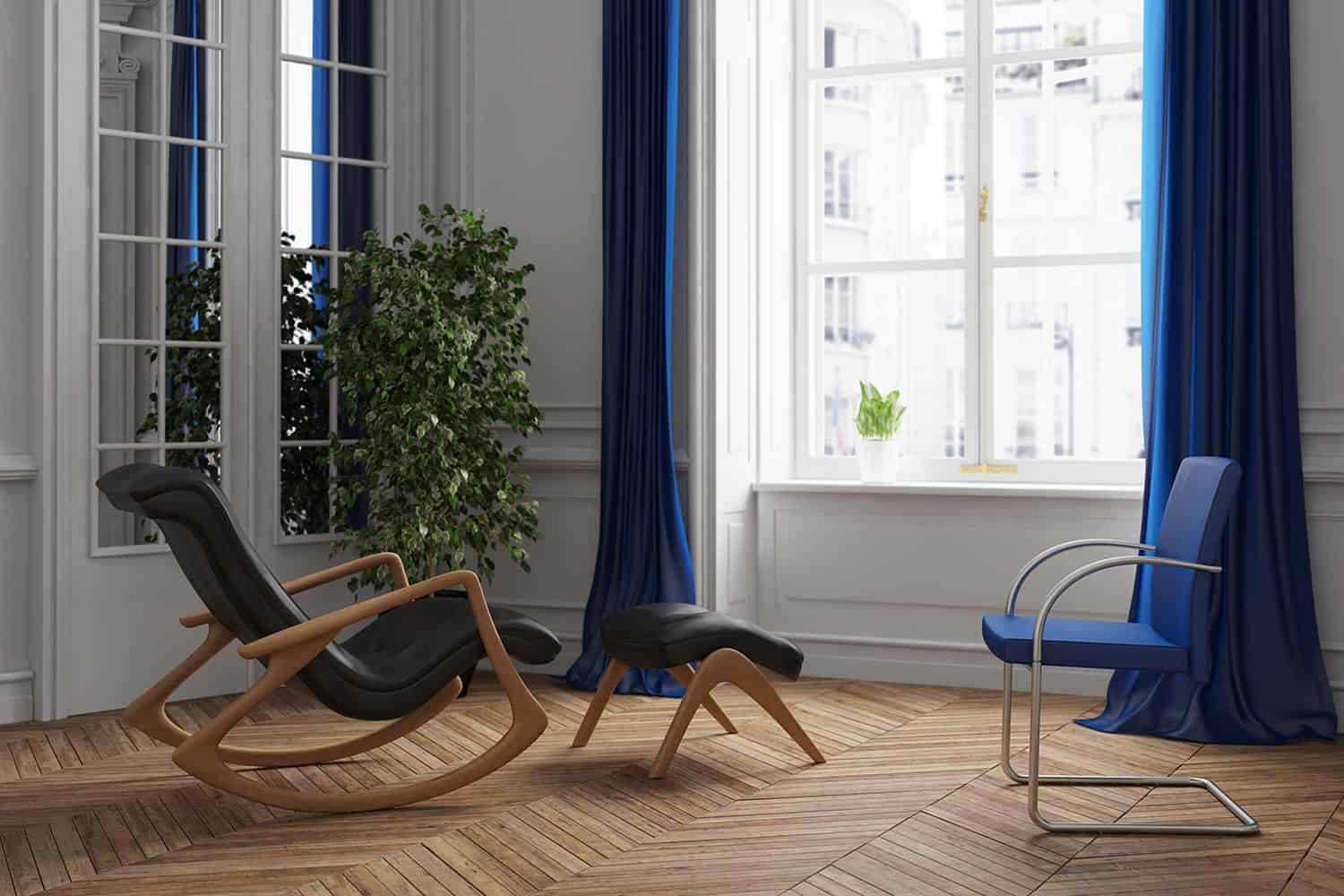
Puddle-length curtains are stylish, and they are a great choice if you are trying to achieve an elegant look. However, they may be more prone to accumulating dust and dirt. Choose a low-maintenance fabric that is easy to clean. Avoid using this curtain length in high-traffic rooms where kids or pets spend a lot of time.
Go Wide

This digitally generated image was rendered with photorealistic shaders and lighting in Autodesk® 3ds Max 2016 with V-Ray 3.6 and post-processed with a creative film style for more impact and atmospheric mood.
When hanging longer curtains, it's important that they are wide enough. Often, longer curtains create an elegant, flowing look. In order to achieve this, you must have enough fabric. Curtains that are too skinny for the windows will create a drab, haphazard look instead of the full look you desire.
Overstock shares a rule to follow, suggesting that your curtains be 1.5 to 3 times wider than your window. Sometimes, you will see designers recommend a ratio of 2 to 2.5 times wider. The curtain rod should also be wider than the window.
Get Custom
If you have unusual windows, you might be unsure about how to style them. Or, you don't know what you need to pull of the look you want. If this is the case, embrace custom window treatments. It may be more expensive, but you'll end up with a perfect fit that works well with your home's unique needs.
How Far Should Drapes Be Off The Floor?
Better Homes and Gardens explains that 'floor-length' means that the curtains go down to the floor without touching it. Instead, they hang slightly above the floor. Alternatively, drapes that spill onto the floor are called 'puddle-length.' Some designers describe drapes that barely brush the floor as being 'breaking-length.'
Should Curtains Touch The Ceiling?
While they can, drapes rarely touch the ceiling. Instead, they hang slightly above the top of the window. The suggested minimum distance is two inches above the top of the window. And this distance can increase depending on how much space is between the top of the window and the ceiling.
Summary
Remember, curtains and drapes are not permanent fixtures in your home. Experiment with different lengths, materials, and patterns. If you aren't crazy about a look you put together, try something else until you find the right style for you!
